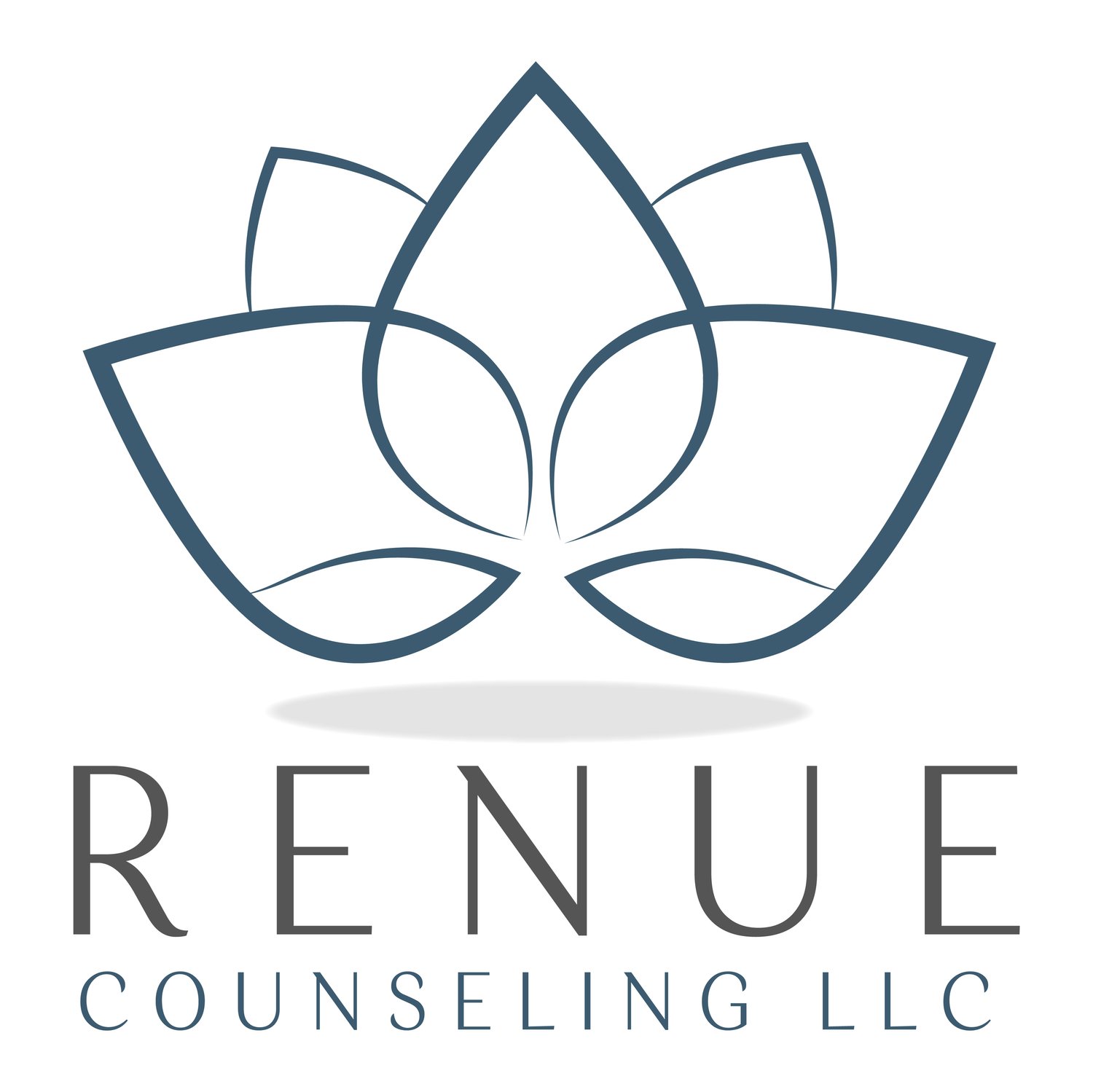Healing your Inner Child
A broken inner child refers to the emotional wounds that we carry from childhood experiences. These wounds can manifest in adulthood as negative beliefs, behaviors, and emotions that affect our relationships and overall well-being.
It is important to note that everyone's childhood experiences are unique, and therefore, everyone's broken inner child will manifest differently. Some common examples of negative beliefs that can stem from a broken inner child include:
Believing that you are not good enough or unworthy of love and attention
Feeling like you constantly need to please others in order to be accepted
Struggling with trust issues and feeling like you cannot rely on anyone else
Feeling like you always need to be in control in order to feel safe
Difficulty setting boundaries and saying no to others
Recognizing and acknowledging these negative beliefs and behaviors is the first step towards healing your broken inner child. Seeking therapy or counseling can also be helpful in processing and working through these emotions and experiences. Remember, it is never too late to start healing and taking care of yourself.
To begin healing your inner child, it is important to bring awareness to your past experiences and the emotions associated with them. Here are some journal prompts to help you get started:
What were some of the most painful experiences from your childhood?
How did these experiences make you feel at the time?
How have these experiences impacted your beliefs and behaviors as an adult?
What are some negative patterns or behaviors that you have noticed in your life?
What are some positive experiences from your childhood that you can draw strength from?
It takes a lot of courage to reflect on painful experiences from our childhood. Here are some ways to continue exploring and processing these experiences:
Consider seeking support from a therapist or counselor who can help you navigate these difficult memories and emotions.
Reflect on how these experiences made you feel at the time. Did they leave you feeling scared, sad, angry, or some other emotion? Recognizing and acknowledging these feelings can be an important step towards healing.
Think about how these experiences have impacted your beliefs and behaviors as an adult. Do you find yourself repeating negative patterns from the past? Or have you developed coping strategies that have helped you overcome these challenges?
It's important to practice self-compassion and recognize that you are not defined by your past experiences. However, identifying negative patterns or behaviors that you have noticed in your life can help you work towards breaking these patterns and creating healthy habits.
Finally, try to draw strength from positive experiences from your childhood. Whether it was a loving relationship with a family member, a favorite hobby, or a fond memory, these positive experiences can serve as a reminder that happiness and joy are possible even in the face of difficult challenges.
Once you have identified these emotions and patterns, you can begin to work on healing your inner child through practices such as therapy, self-care, and self-compassion. Remember, healing is a process and it takes time, but with patience and dedication, you can create a more positive and fulfilling life for yourself.
